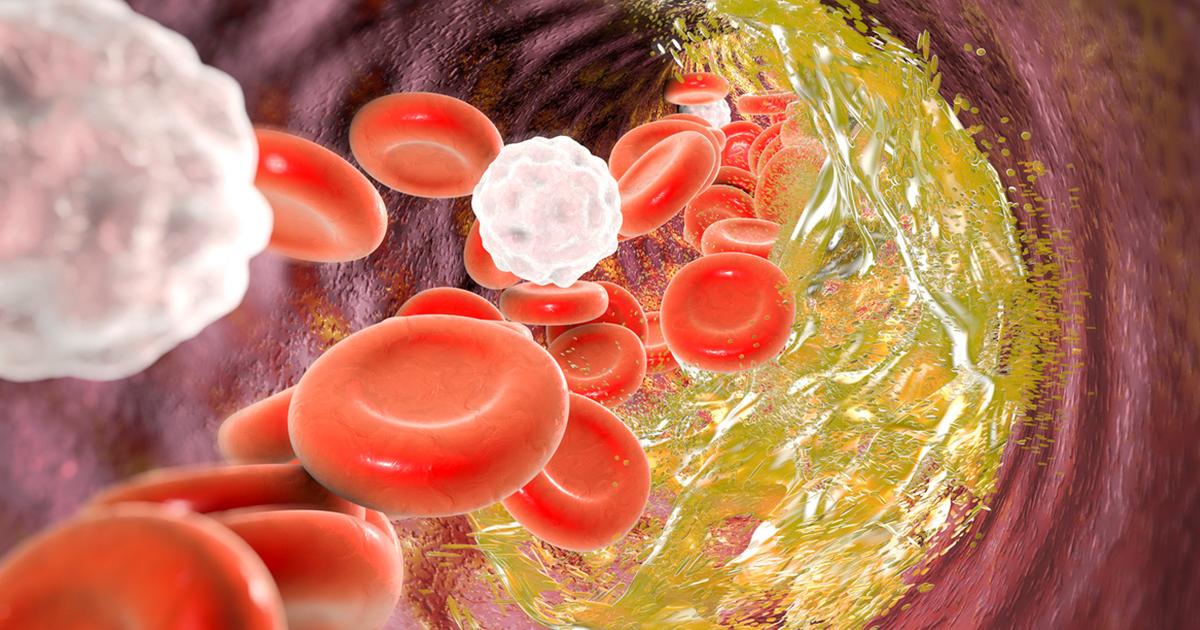Causes And Risk Factors Linked To Avascular Necrosis
Sickle Cell Anemia

Sickle cell anemia is another genetic condition that is a major risk factor for the development of avascular necrosis. For patients with sickle cell anemia, the red blood cells are an atypical shape, and they break down faster than they should. This leads to anemia (low red blood cell count) and can cause fatigue, frequent infections, shortness of breath, and episodes of severe pain requiring hospitalization. Some patients may develop jaundice, and the condition damages the liver, spleen, and other organs.
As children, sickle cell patients may have delayed growth and development. Patients with this condition are known to have a low bone density, and this in itself can elevate their risk of avascular necrosis. The sickle shape of these patient's blood cells also makes it more difficult for blood to flow to the bones effectively, further elevating the risk of avascular necrosis.
Fatty Deposits In Blood Vessels

Fatty deposits in blood vessels can impede proper blood circulation and increase the likelihood of avascular necrosis. Typically, fatty deposits are made of cholesterol, and these deposits often lead to atherosclerosis, a hardening and stiffening of the arteries. Patients with high cholesterol, diabetes, obesity, and high blood pressure are more likely to have fatty deposits in their blood vessels. These deposits may break apart and block smaller blood vessels, and they can also form dangerous clots that cut off blood flow to major vessels. To check for the presence of these deposits, doctors can perform ultrasounds and other advanced imaging studies.
If deposits are found, patients may need to take medications to lower cholesterol and blood pressure, and they may also need to make lifestyle modifications and lose weight. In particular, reducing saturated fat and trans fat in the diet can cut down on the fatty deposits present in the vessels. Occasionally, surgical intervention can be used to remove some deposits; this depends on which particular vessels are blocked.
